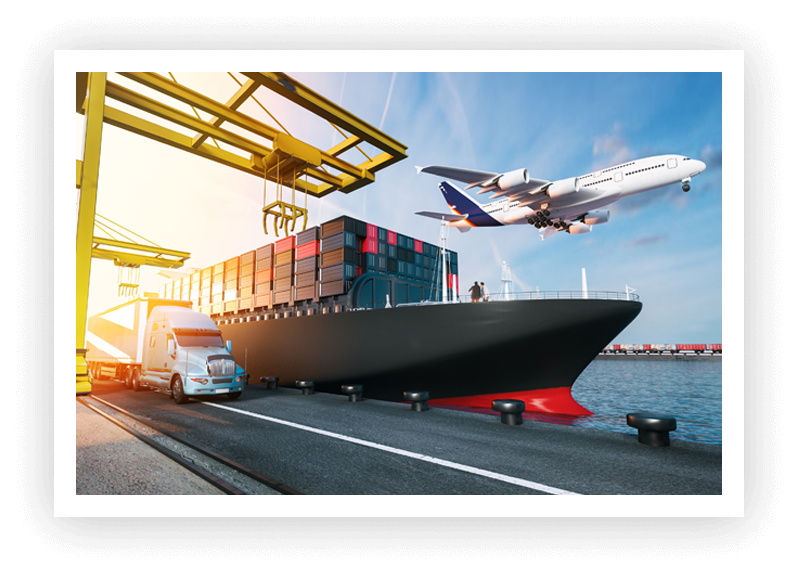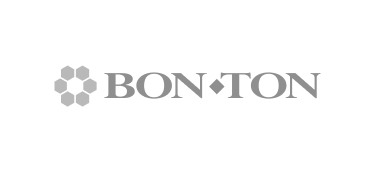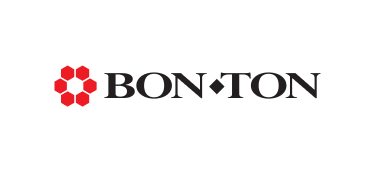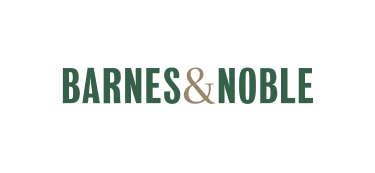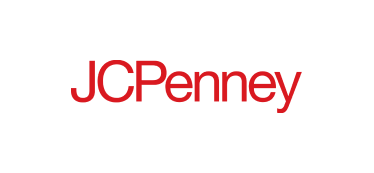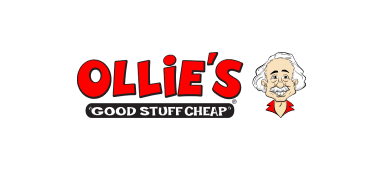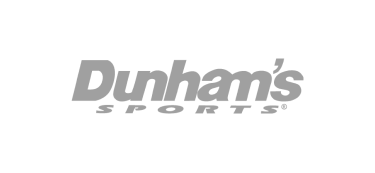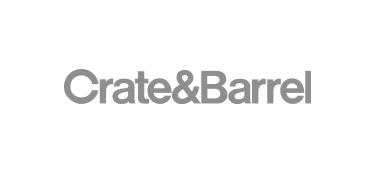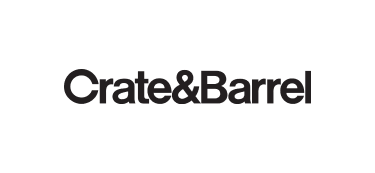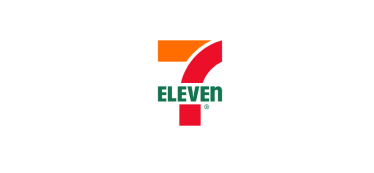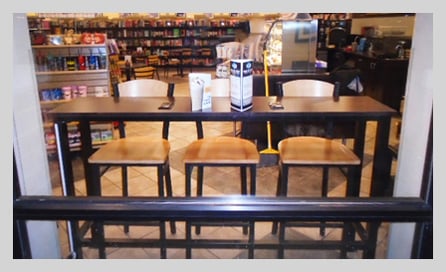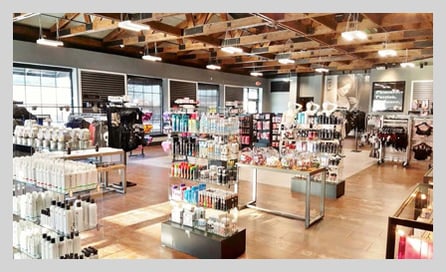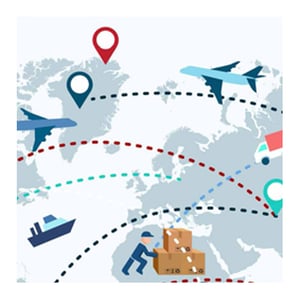
40 Years’ Experience:
We know the ins and outs of international logisticsInternational Team of Experts
Following best logistics practices insures no surprises
International Reach
From port to store our team makes sure projects are delivered as specified
Create a Successful Retail Environment with
Logistics, Transportation & Distribution
Logistics Know-How
Best-practice logistics management ensures container optimization, cross-docking coordination, staging, and distribution schedule. Our Logistics Partners in China, Taiwan and in the USA offer a highly skilled workforce, the latest technology, stringent quality control processes, and shared engineering platforms to make sure your programs are delivered on time and on-budget throughout the world. Our team adheres to all government regulations and works within an established logistics infrastructure which guarantees no surprises.
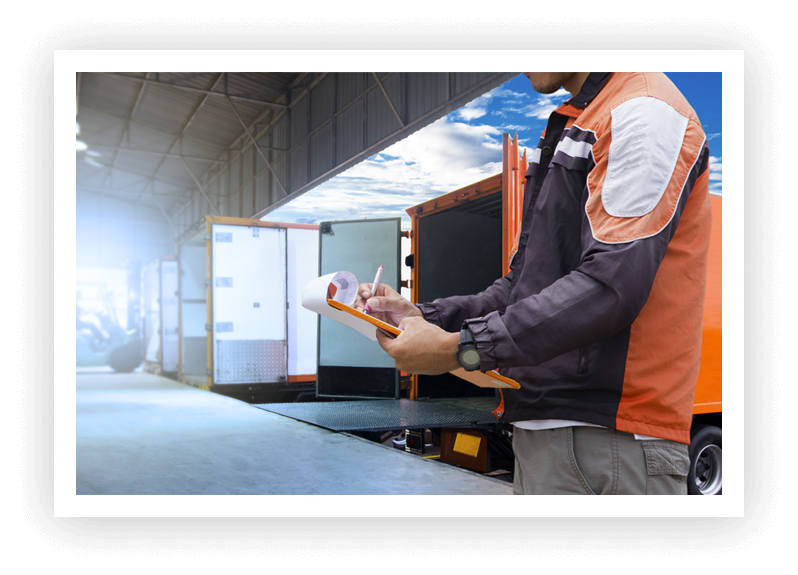
See Our Work. Here are a Few Examples to Help Inspire Your Next Project.
We value-engineered the concepts for the most efficient production, sourced materials, set quality standards, fabricated in our China facility, imported and installed on site.
The café table was designed with multiple power sources on top of a sleek, easy to clean tabletop.
Resources for Creating a Successful Retail Environment
Supply chain delays? You need to plan ahead with S-CUBE
Even though this has not had the front page news coverage that it deserves, retail professionals like you need to be aware of the international supply chain issues that are now affecting your ability to roll out fixture programs anywhere close to on time and on budget.
Chat with Jeff or Kevin
Tell us about your project to get started.
Our team of industry veterans can share strategic insights, explore options and challenge costs to deliver exceptional client solutions.
Frequently Asked Questions
What does transportation, distribution, and logistics do?
Transportation, distribution, and logistics work together to ensure products move efficiently from manufacturers to end customers. Transportation focuses on moving goods via trucks, ships, or planes. Distribution involves storing and delivering products to retail locations or customers. Logistics coordinates the entire supply chain process, including inventory management, warehousing, and order fulfillment. Together, they optimize cost, speed, and reliability to meet customer demands and maintain smooth operations across industries.
What are logistics transportation services?
Logistics transportation services encompass the planning, execution, and management of moving goods from one location to another. This includes selecting transportation modes, route optimization, freight management, and delivery scheduling. These services also handle compliance with regulations, documentation, and cargo tracking. Logistics transportation providers aim to reduce costs, improve delivery times, and maintain cargo safety, ensuring the seamless flow of products within supply chains both domestically and internationally.
How much money do transportation, distribution, and logistics make?
The transportation, distribution, and logistics industry generates trillions globally each year due to its critical role in commerce. Revenues depend on market size, region, and service specialization. Large logistics companies can generate billions annually, driven by e-commerce growth and global trade. The sector’s profitability varies with fuel costs, labor, technology adoption, and regulatory compliance. Despite challenges, demand continues to rise, making it a lucrative and essential industry worldwide.
What does logistics and transportation do?
Logistics and transportation manage the movement and storage of goods throughout the supply chain. Transportation physically moves products between locations using trucks, ships, trains, or planes. Logistics oversees broader supply chain activities, including inventory control, warehousing, packaging, and order fulfillment. Together, they ensure products arrive on time, in good condition, and at the right place, balancing cost efficiency and customer satisfaction to support businesses’ operational goals.
What is the difference between distribution and logistics?
Distribution specifically refers to the process of delivering finished goods from warehouses to retail stores or customers. It focuses on storage, order processing, and delivery routes. Logistics is broader and includes planning, implementing, and controlling the entire flow of goods, information, and resources from raw materials to finished products. While distribution is a part of logistics, logistics covers everything from procurement, transportation, warehousing, to final delivery, ensuring supply chain efficiency.
How do logistics companies ensure timely delivery?
Logistics companies ensure timely delivery by using advanced tracking technologies, efficient route planning, and real-time communication with drivers and customers. They monitor shipments continuously to anticipate delays and adapt quickly. Inventory management systems and predictive analytics help optimize stock levels and order fulfillment. Partnerships with reliable carriers and contingency plans for disruptions further support consistent, on-time deliveries, enhancing customer satisfaction and supply chain reliability.
What role does technology play in logistics, transportation, and distribution?
Technology plays a crucial role by improving visibility, efficiency, and accuracy in logistics, transportation, and distribution. Tools like GPS tracking, warehouse management systems (WMS), and transportation management systems (TMS) streamline operations. Automation reduces manual errors, accelerates processing, and lowers costs. Data analytics provide insights to optimize routes, forecast demand, and manage inventory. Emerging technologies like AI and IoT enhance decision-making and enable smarter, faster supply chain management.
How can businesses optimize their logistics and transportation costs?
Businesses optimize logistics and transportation costs by consolidating shipments, negotiating carrier contracts, and choosing the most efficient transport modes. Implementing inventory management and route optimization software reduces unnecessary delays and fuel consumption. Outsourcing to third-party logistics providers can lower overhead costs and leverage expert networks. Regularly analyzing supply chain data helps identify inefficiencies and opportunities for savings, ensuring that operations remain cost-effective without sacrificing service quality.



